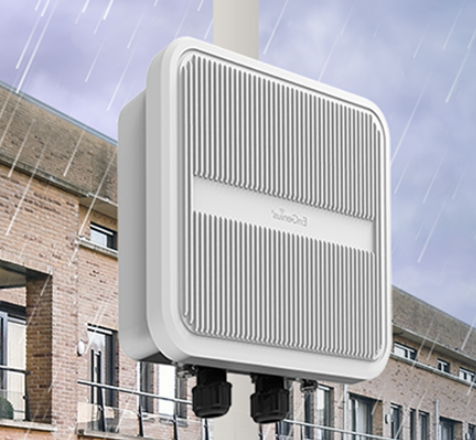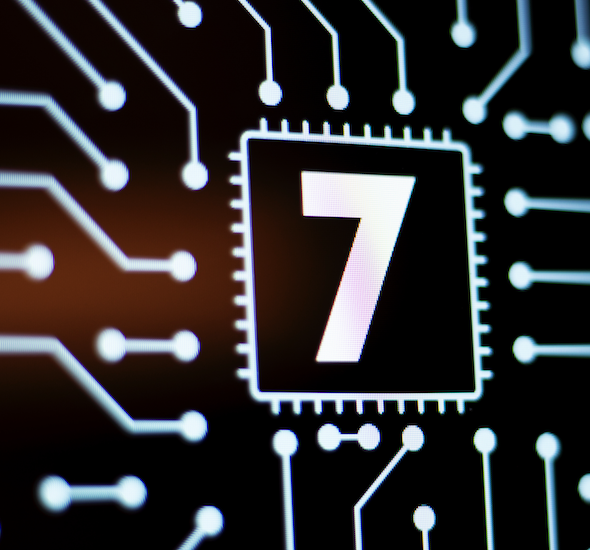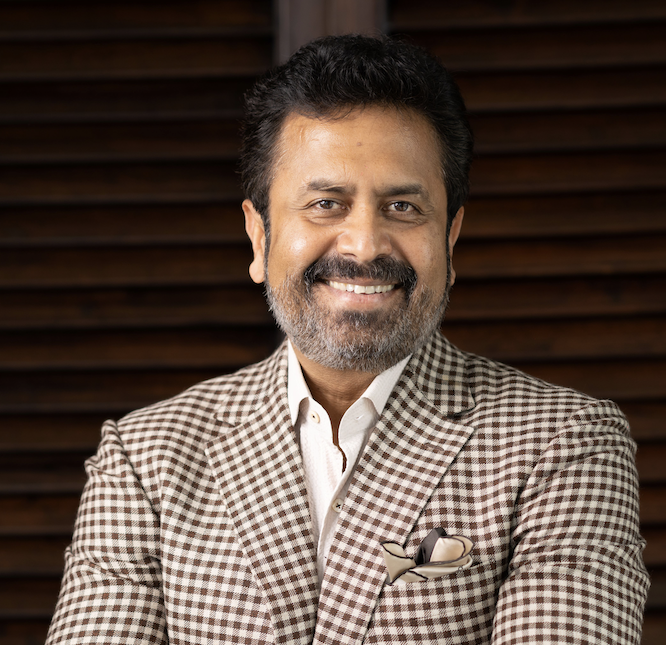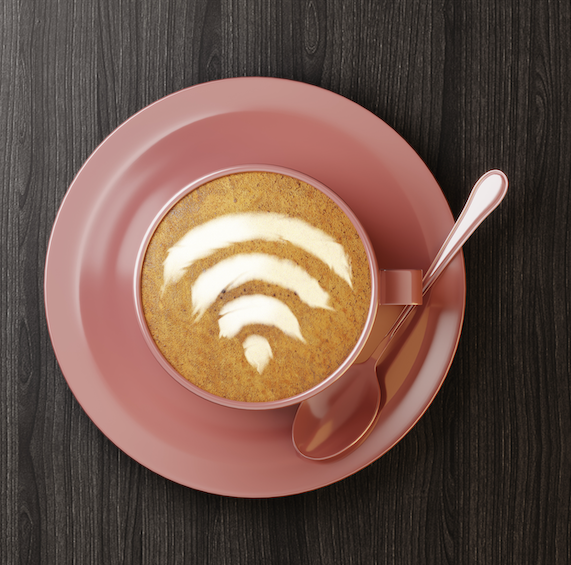
By Claus Hetting, Wi-Fi NOW CEO & Chairman
Software vendor SoftAtHome is leading the charge when it comes to developing home gateway & Wi-Fi repeater solutions that consume less power. The company says power consumption can be reduced by 15% to 90% and that more and more ISPs are demanding more ‘sustainable’ home connectivity systems. Orange France’s Livebox 6 gateway – co-developed by SoftAtHome – has already incorporated the first version of the solution.
Home ISPs are increasingly looking for better ‘sustainability’ and with that comes a need to cut power consumption of home connectivity devices including gateways. SoftAtHome has – as the only solution provider we know of – developed an intelligent ‘sustainable power management’ product that reduces gateway power consumption from 15% to 90% depending on choice of savings mode.

“Every operator we speak to is very interested in reducing their CPE – meaning home gateway, repeater, set-top box – power consumption because they want to significantly reduce their environmental impact and reach their carbon footprint reduction objectives. An effective way of reducing power consumption is to develop controls that selectively shut down parts of the Wi-Fi system when it is not needed, and Wi-Fi contributes between 30% to 50% of the total power consumption of a home gateway,” says Lionel Gremeau, Product & Marketing Director at SoftAtHome.
“Every operator we speak to is very interested in home gateway power management because they are under pressure to develop more sustainable solutions all the time – also for gateways. An effective way of reducing power consumption is to develop controls that selectively shut down parts of the Wi-Fi system when it is not needed,” says Lionel Gremeau, Product & Marketing Director at SoftAtHome.
The company has developed three modes of gateway power management reflecting three different levels of de-activation: Standby (which shuts down the entire home LAN when not needed), a so-called ‘eco-mode’, and finally a personalised configuration mode. The standby mode is often used at night while the eco-mode – which for example deactivates 5 GHz & 6 GHz Wi-Fi radios when not needed – minimises power consumption according to usage and traffic.
“The idea here is to introduce energy efficiency but of course without negatively affecting the user experience – and this is not a trivial task. In our case we’ve introduced not just three ‘green’ modes of operation but also various activation & deactivation options for operators,” Lionel Gremeau says. Operators can choose from manual, scheduled, or automatic activation & deactivation or a combination of these options, he says. The exact same home gateway power management scheme can simultaneously be activated on any associated Wi-Fi repeaters or set-top boxes.
In the automatic mode inactivity timers can be set from 15 minutes to 48 hours and gateways can usually be re-activated to resume standard operation within a few seconds (in the case of the standby mode the time required is from 30 seconds to a couple of minutes for a reboot of a Wi-Fi component).
SoftAtHome’s power management solution has already been deployed with Orange France: Orange’s Livebox 6 – Europe’s first Wi-Fi 6E-capable gateway – incorporates power saving features and Orange is actively using energy efficiency as a key selling point. Orange says that the ‘light sleep mode’ reduces power consumption by 25% while ‘deep sleep’ cuts consumption by at least 85% (read more here).
SoftAtHome – a smart home software solutions provider based in France and owned jointly by operators Orange, Swisscom, and Etisalat – has during the past year become of the leading European providers of Wi-Fi 6E solutions with both Orange France and Swisscom selecting SoftAtHome for Wi-Fi 6E. SoftAtHome solutions currently serves over 20 million homes in more than 18 countries.
/Claus.









